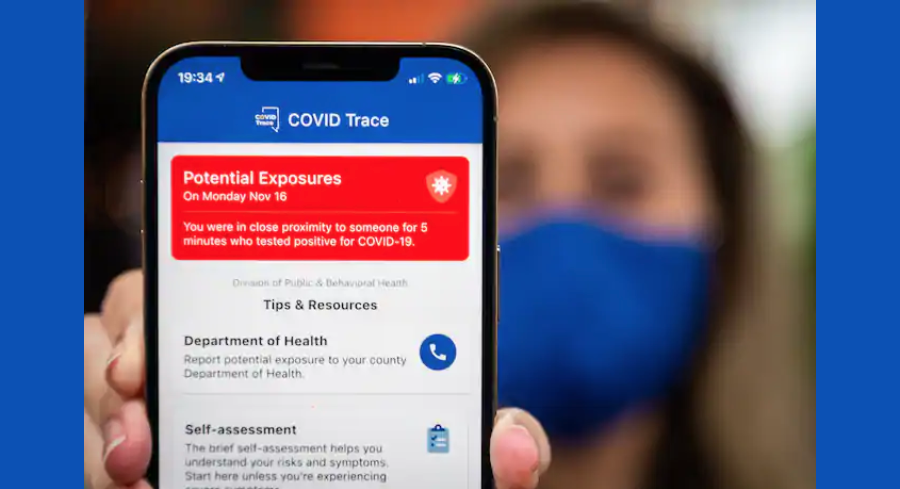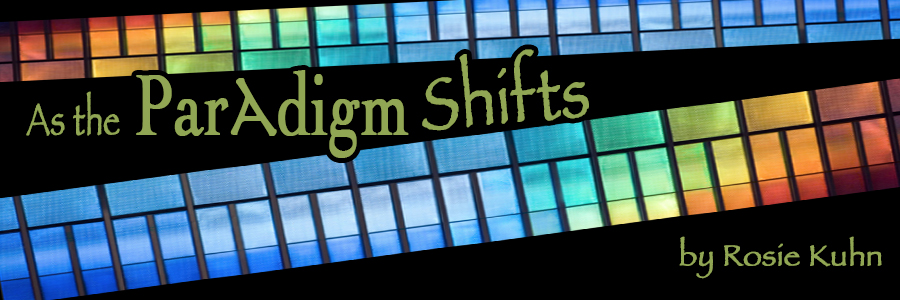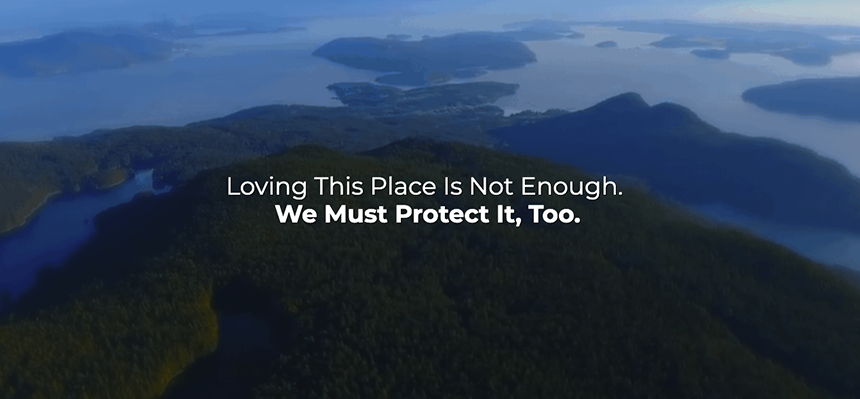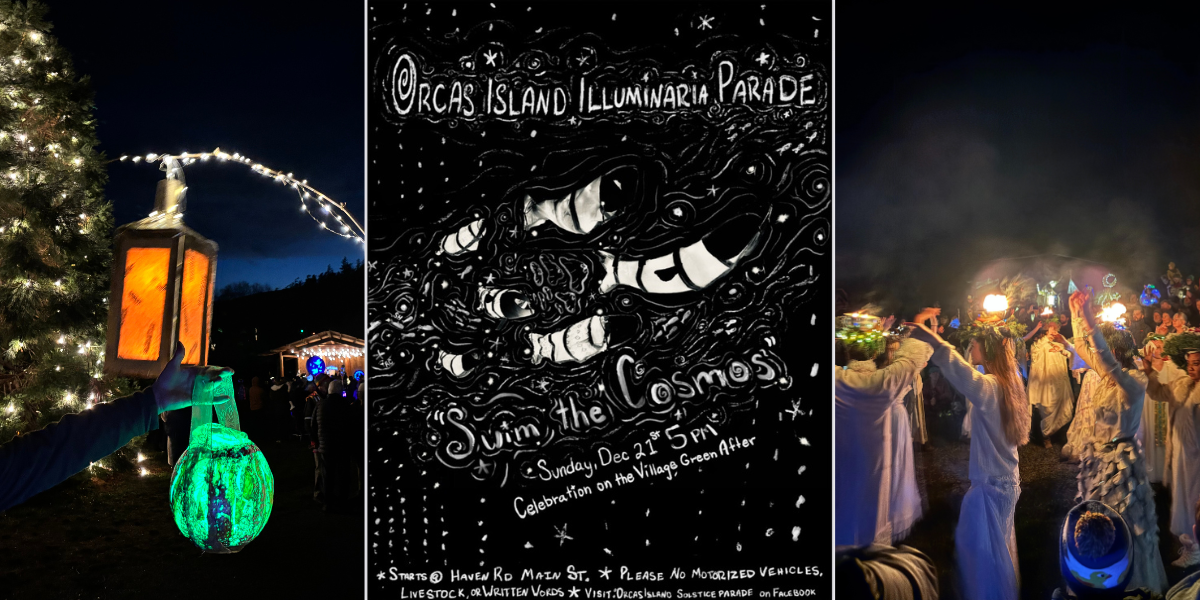But exposure notifications only work if you and the people around you turn them on. Yes, you!
There’s early evidence this anonymous smartphone technology works — but so far isn’t helping very many Americans. In August, I wrote about the first of these state-sponsored alerts, Virginia’s Covidwise app. In the three months since, only 488 people have used the state’s app to send alerts about a positive diagnosis to others.
The alerts use software built by Apple and Google into iPhones and Android devices to detect when people (or the phones they’re holding) get into close contact with each other. That might sound like a privacy invasion, but they figured out how to track encounters between people in a way that’s anonymous — and doesn’t store your location — by using the Bluetooth wireless technology in phones.
Exposure alerts worked for the governor of Virginia, Ralph Northam. He and the first lady tested positive for the coronavirus in September, and because they had it working on their phones, staff members exposed to them got notified. And they’re picking up steam: In its first few weeks, Colorado’s system was activated by a million residents, or 17 percent of its population.
So why aren’t our phones a big part of America’s coronavirus response? For starters, each state’s local health department has to develop and operate its own system (though they’ve recently begun making them work across borders). Privacy concerns about similar-sounding — but actually very different — contact-tracing apps have needlessly scared people away. And frankly, Apple and Google buried the settings and apps you’ll need, bungling what could have been the year’s most-helpful tech launch.
You don’t have much to lose, so you might as well turn exposure alerts on. It takes less than five minutes to set up, and this guide will help.
Where are coronavirus exposure alerts available?
As of Nov. 17, 15 U.S. states and territories, plus D.C., support coronavirus exposure alerts. Here they are, along with links to instructions from the local health department offering them:
- Alabama: GuideSafe
- Colorado: CO Exposure Notifications
- Connecticut: Covid Alert CT
- Delaware: Covid Alert DE
- Guam: Guam Covid Alert App
- Maryland: MD Covid Alert
- Michigan: MI Covid Alert
- Nevada: Covid Trace
- New Jersey: Covid Alert NJ
- New York: Covid Alert NY
- North Carolina: SlowCovidNC
- North Dakota: Care19 Alert
- Pennsylvania: Covid Alert PA
- Virginia: Covidwise
- Washington, D.C.: DC Can
- Wyoming: Care19 Alert
And these states have either announced their intent to launch services or are running limited tests:
- Arizona: CovidWatch at the University of Arizona
- California: COVID Notify at University of California campuses
- Hawaii: AlohaSafe Alert
- Oregon
- Washington
Nations around the world are also using similar Bluetooth technology for notifications, including Switzerland, Ireland, Northern Ireland, Scotland and England.
READ FULL ARTICLE: https://www.washingtonpost.com/technology/2020/11/18/coronavirus-app-exposure-alerts/
**If you are reading theOrcasonian for free, thank your fellow islanders. If you would like to support theOrcasonian CLICK HERE to set your modestly-priced, voluntary subscription. Otherwise, no worries; we’re happy to share with you.**









Apple and Google “figured out how to track encounters between people in a way that’s anonymous — and doesn’t store your location.” Gee whiz.